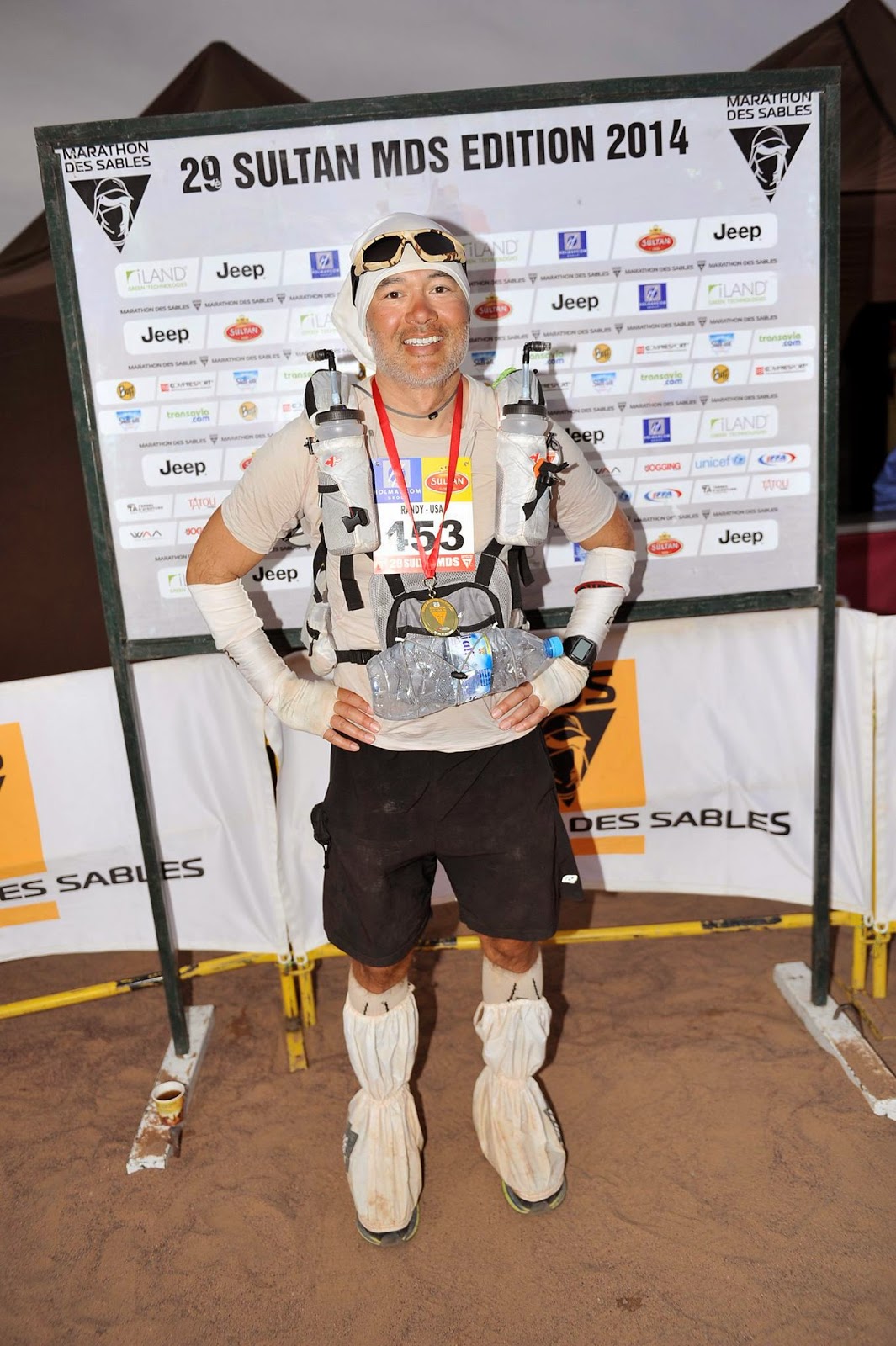
For the purposes of this post, endurance drink mixes are those products that are marketed to people who are doing exercise, typically sustained aerobic activity, that lasts over an hour. It could, of course, be activity that lasts a
lot more than an hour, but the hour is a pretty commonly used minimum benchmark when you're talking about endurance sports nutrition.
To clarify again: nothing in this post should be taken as advice about what to eat (or drink, in this case). This is just a wee roadmap to the sports nutrition aisle.
In comparison with the
Mostly-Hydration drink mixes (covered in
part one of this post),
endurance drink mixes are often built around a "drink your calories" (or at least, "drink many of your calories") approach to nutrition. In general, that means there are more calories per serving of Endurance drink than of Mostly-Hydration drink. On top of that, some of the drinks will give instructions for mixing up a multiple-serving bottle, in order to condense a large number of calories into something conveniently portable.
Endurance drink mixes will be sold in bulk canisters or bags, and in
single-serving packets.
There are sometimes many more ingredients in these mixes than there are in the mostly-hydration mixes; they might include protein, fat, or amino acids. Some drinks (notably Carbo Pro) have fewer ingredients. Some drinks look a lot like Mostly-Hydration mixes, with a bit of sugar and bit of sodium. We'll map them out after these messages...
Some recognizable names in the Endurance Drink department:
- Accelerade
- Carbo Pro
- Cytomax
- EFS
- Gatorade Endurance Formula
- Gu Roctane
- Hammer Perpetuem
- PowerBar Perform
1) Meal in a bottle
Perpetuem, by Hammer, is one example of a meal-in-a-bottle. There are carbs; there is protein and fat; there are amino acids and electrolytes. Each serving of a meal-in-a-bottle will be quite a dose of calories, and there are often instructions for mixing up a multi-hour (that is, a multi-serving) bottle. The intention behind meal-in-a-bottle mixes is to provide everything, or most everything, that you need for an endurance event or training session. You can supplement with food or gels if you want variety or need extra calories, but the meal-in-a-bottle is meant to be the main structure of your nutritional intake, and not just your main carbohydrate source. These drinks are not, however, meant to be your hydration; the directions will usually tell you to drink water from a separate source.
2) Just calories
Carbo Pro is a good example of a calories-only mix. There is one ingredient. It provides no electrolytes, no protein, not even any flavor. What it does provide is a source of energy, and it's meant to be mixed up as thickly as you need. Like the meal-in-a-bottle style of drink, the calorie-only drinks can often be mixed quite thickly. For that reason, you'll probably be directed to drink water from a separate source. For other nutritional things, like electrolytes, sometimes it works to mix everything together in the same bottle with the calorie drink; sometimes it works better to take separate pills or chews or whatnot.
3) Looks like the Mostly-Hydration mix to me....
Yeesss...Yes, some of the "Endurance" labeled mixes look remarkably similar to the lighter hydration mixes once you look at their ingredients and serving content. Well, there are no laws governing the use of the term, but if the label says "endurance" and the calorie content isn't very high, look for two things.
First, look at the serving size. The PowerBar Perform serving size is 8 fluid ounces. Most people don't drink out of bottles that small unless they're using a hydration belt.
If serving size isn't the culprit, look at the bottom section of nutrition label. The electrolyte content might be greater, or the mix might include amino acids (which I'll address below).
If, after all, everything still looks like a light energy drink mix, it could very well be just that - if you ask Skratch or Nuun, you should be using their drink mix for your endurance events anyway, and many people do. You'll just be getting more calories from somewhere else.
This kind of drink mix usually won't work well if it's mixed too thickly - the taste is would likely be obnoxious, since it was designed to taste good (or acceptable) at a certain concentration. Beyond that concentration, the drink can turn syrupy and oversweet.
*****************
Protein and Amino Acids
Protein doesn't commonly show up in hydration drink mixes or your typical deli-fridge sports drinks. You'll see protein in recovery drinks, in muscle-building products, and in
some endurance drink mixes. You'll especially see protein in the meal-in-a-bottle endurance mixes.
Amino acids might appear alongside or instead of protein. Sometimes they are called out explicitly as amino acids; sometimes you'll just see a list of names below the electrolytes in the nutrition section of the product label - Glutamine, Leucine, Histidine.
The protein and/or amino acids that appear in endurance drinks are supposed to cut down on lean muscle tissue cannibalization during exercise and recovery. The protein will also provide calories in addition to whatever the included carbohydrates contribute.
A quick content comparison
Drink
| Cal./16oz
| Carbs
(g) | Protein
| Sodium
(mg) | Potassium
(mg) | Other?
| Multi-Hour
|
|---|
| Carbo Pro | 350 | 88 | No | No | No | No | Yes |
| Gatorade Endurance | 107 | 27 | No | 387 | 187 | No | No |
| Gu Roctane | 365 | 90 | Amino | 486 | 76 | Taurine
Beta Alanine | No |
| Hammer Perpetuem | 203 | 41 | 5g
+Amino | 165 | 56 | Electrolytes | Yes |
| PowerBar Perform | 140 | 34 | No | 380 | 20 | No | No |
The Gatorade Endurance, Gu Roctane and PowerBar Perform numbers above reflect a 16oz bottle at the minimum recommended serving density.
Hammer Perpetuem and Carbo Pro amounts are based on the instructions for a one-hour bottle for a 175lb athlete.
Hope this was helpful and informative. I've run out of time for this post, so please email info@speedyreedy.com if you have additional questions, or leave your comments below!



.JPG)
.JPG)
















